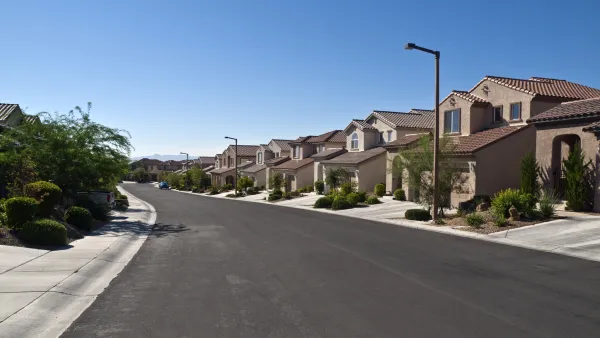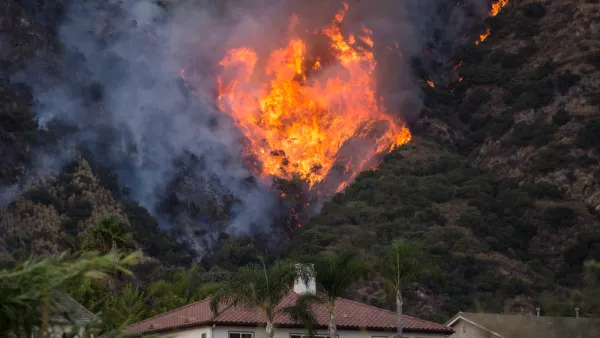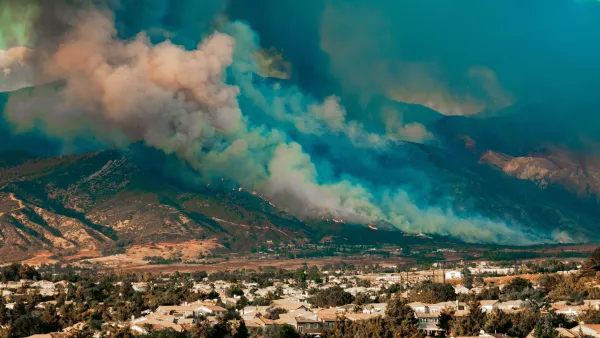A new global platform will help the world identify and encourage opportunities for more proximity in the built environment—development patterns that can help reduce sources of greenhouse gas emissions and other forms of pollution if built well.

A new platform, the Global Observatory of Sustainable Proximities, was launched during the Second United Nations Habitat Assembly earlier this week. The platform “will serve as a go-to knowledge and capacity building platform collecting information about local initiatives while supporting and promoting urban proximities at a global scale,” according to a press release announcing the launch.
“Together, the Observatory partners will develop a globally applicable concept based on proximity, official measures and indicators, a global centre for knowledge sharing and capacity building, and a global network to support cities in implementation,” explains the press release.
In the ensuing days since the press release was published, the East Coast of the United States was smothered by wildfire smoke drifting down from ongoing wildfires to the north in Canada, sending a palpable signal of the terrible damages of climate change to a heavily populated and relatively wealthy region. The development proximity sought by the new platform has been repeatedly shown to reduce causes of greenhouse gas emissions, and the United Nations has repeatedly called on the United States to transform its land use and transportation practices to help slow rising greenhouse gas emissions around the world. More proximity in development patterns would also prevent sprawl on the wildland-urban interface, which introduces various environmental risks and provides fuel for wildfires.
The platform was launched by four founding partners: the Entrepreneurship, Technology and Innovation Chair of the IAE Paris Sorbonne Business School (Chaire ETI), C40 Cities, United Cities and Local Governments (UCLG) and the United Nations Human Settlements Programme (UN-Habitat).
FULL STORY: Global platform launched to support ‘proximity’ in urban planning

National Parks Layoffs Will Cause Communities to Lose Billions
Thousands of essential park workers were laid off this week, just before the busy spring break season.

Retro-silient?: America’s First “Eco-burb,” The Woodlands Turns 50
A master-planned community north of Houston offers lessons on green infrastructure and resilient design, but falls short of its founder’s lofty affordability and walkability goals.

Delivering for America Plan Will Downgrade Mail Service in at Least 49.5 Percent of Zip Codes
Republican and Democrat lawmakers criticize the plan for its disproportionate negative impact on rural communities.

Test News Post 1
This is a summary

Test News Headline 46
Test for the image on the front page.

Balancing Bombs and Butterflies: How the National Guard Protects a Rare Species
The National Guard at Fort Indiantown Gap uses GIS technology and land management strategies to balance military training with conservation efforts, ensuring the survival of the rare eastern regal fritillary butterfly.
Urban Design for Planners 1: Software Tools
This six-course series explores essential urban design concepts using open source software and equips planners with the tools they need to participate fully in the urban design process.
Planning for Universal Design
Learn the tools for implementing Universal Design in planning regulations.
EMC Planning Group, Inc.
Planetizen
Planetizen
Mpact (formerly Rail~Volution)
Great Falls Development Authority, Inc.
HUDs Office of Policy Development and Research
NYU Wagner Graduate School of Public Service





























